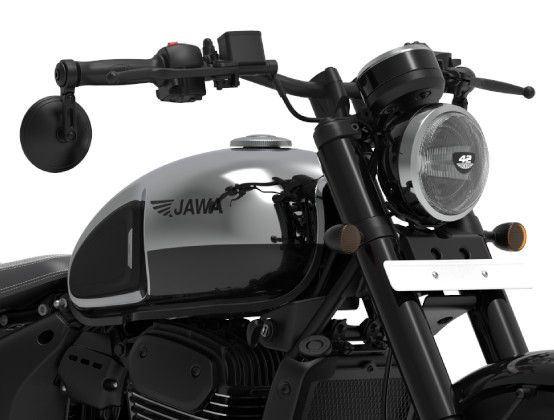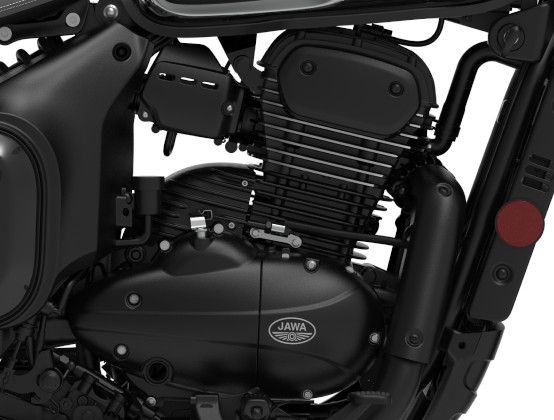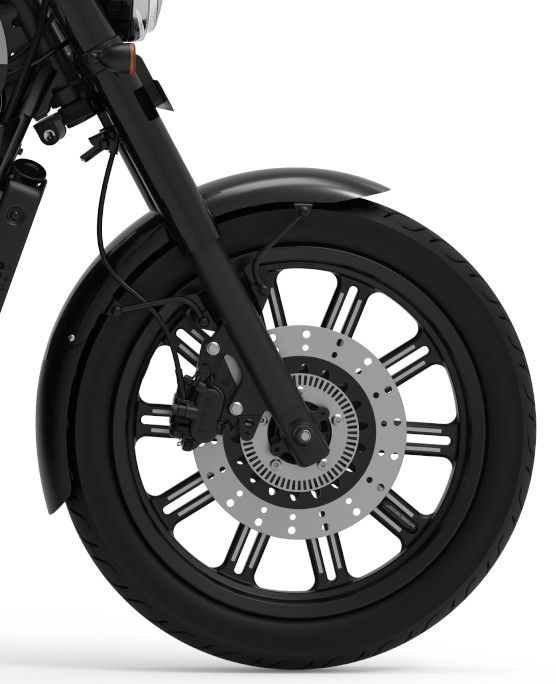Bikes4Sale Price Guide : Used Bike Valuation Tool
Know the market value of your used bike
KMs Run
| Selected Bikes |  Jawa 42 Bobber Black Mirror
Brand: Model: |
 TVS Apache RTR 300 FX
Brand: Model: |
Brand: Model: |
Brand: Model: |
| Fuel | Petrol | Petrol | ||
| Engine Displacement | 334.00 cc | 300.00 cc | ||
| Engine | Single cylinder, 4 stroke, liquid cooled, DOHC | 4 stroke, Liquid cooled, Single cylinder, SOHC | ||
| Engine Starting | -- | Electric | ||
| Clutch | -- | Multiple disc in oil bath with hydraulic Control | ||
| Fuel System | Electronic fuel injection | Electronic Fuel Injection | ||
| Cooling System | -- | Liquid Cooled Engine | ||
| Maximum Power | 29.92 ps | -- | ||
| Maximum Torque | 32.74 Nm | -- | ||
| Transmission | Constant mesh, 6 speed | 6 speed | ||
| Gear Shift Pattern | -- | 1-N-2-3-4-5-6 | ||
| Frame | Double cradle | Perimetral | ||
| Headlamp | LED with DRL | -- | ||
| Taillamp | LED | -- |
| Front | 100/90 - 18, 56H | 90/90 x 21 | ||
| Rear | 140/70 – 17, 66H | 110/90 x 19 | ||
| Wheel / RIM | Alloy | -- |
| Front | 280 mm Disc with ABS | Brembo Front disc 270 mm with hydraulic Control | ||
| Rear | 240 mmDisc with ABS | Brembo Rear disc 220 mm with hydraulic Control | ||
| ABS | Dual channel ABS | -- |
| Front | Telescopic forks, ø 35 mm | WP Monoshox with adjustable compression and rebound damping, | ||
| Rear | Mono shock absorber, gas filled with 7-step adjustable preload | Monoshock Hydraulic Damped with Nitrogen Gas assist |
| Colors | Black Mirror | -- |
| Length | -- | -- | ||
| Weight | 185 kg | 102 kg | ||
| Seat Height | 740 | -- | ||
| Wheelbase | 1485 mm | 1480 mm | ||
| Fuel Tank Capacity | 12.5 litres | 8 litres |
| About | The Jawa 42 Bobber Black Mirror is a refined marvel in the motorcycle world. Its 334cc single-c Read More | The TVS Apache RTR 300 FX comes with its powerful 300cc engine, this bike delivers an impressiv Read More | ||
| Features | - Adjustable seat - Twin exhaust  LED Headlight  Engine  Disc Brake |
Develops 160 bhp per litre. Flat torque curve through-out the Engine Revs Liquid Cooled Engine ensures optimum Engine temperature in all conditions Disc Brakes with Hydraulic control ensures very quick braking at High speeds Hydraulic control of Clutch - Progressive and positive Engagement and Disengagement of Clutch, ensuring smooth power delivery Forks - Outer tube machined from Aircraft Grade Aluminium for Light weight and Performance Rear Monoshocks - Hydraulic Damped with Nitrogen Gas assist – Gives 300 mm Rear wheel travel. Swing arm made of cast Aluminium to reduce weight. Aluminium Wheel Rims for Light weight and high response |
| Pros | -- | - Impressive power output - Smooth and responsive hydraulic controls - Lightweight and durable design - Comfortable ride with high-end suspension system - Fuel-efficient thanks to electronic fuel injection |
||
| Cons | -- | - 8-litre fuel tank may require frequent refuelling on long rides |
Get the best price for your old bike. Sell your bike at the Largest Used Bike Market.
